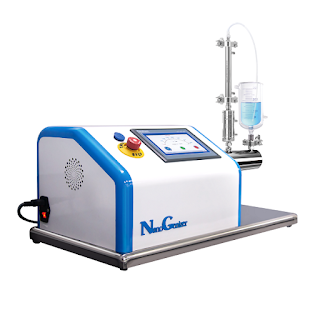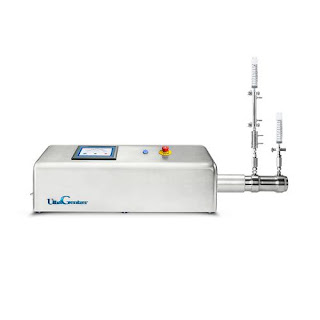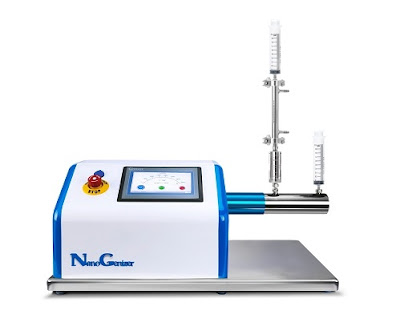Using High-Pressure Microfluidic Homogenizers for Micro and Nano Emulsions

High-pressure homogenization, especially in the context of creating microemulsions and nanoemulsions, stands as a pioneering innovation that transcends multiple industries. These ultra-fine emulsions, characterized by droplet sizes typically below 100 nanometers, offer a myriad of advantages. In this article, we will explore the unique benefits of harnessing high-pressure microfluidic homogenizers for the formulation of microemulsions and nanoemulsions. Advantages of High-Pressure Microfluidic Homogenizers High-pressure microfluidic homogenizers deliver a range of distinctive advantages when applied to the production of microemulsions and nanoemulsions: Precision in Particle Size Control: These homogenizers offer meticulous control over particle size reduction, ensuring droplets measure at or below 100 nanometers. Consistent Dispersion : High-pressure microfluidic homogenizers ensure even dispersion, resulting in emulsions of remarkable stability. ...




